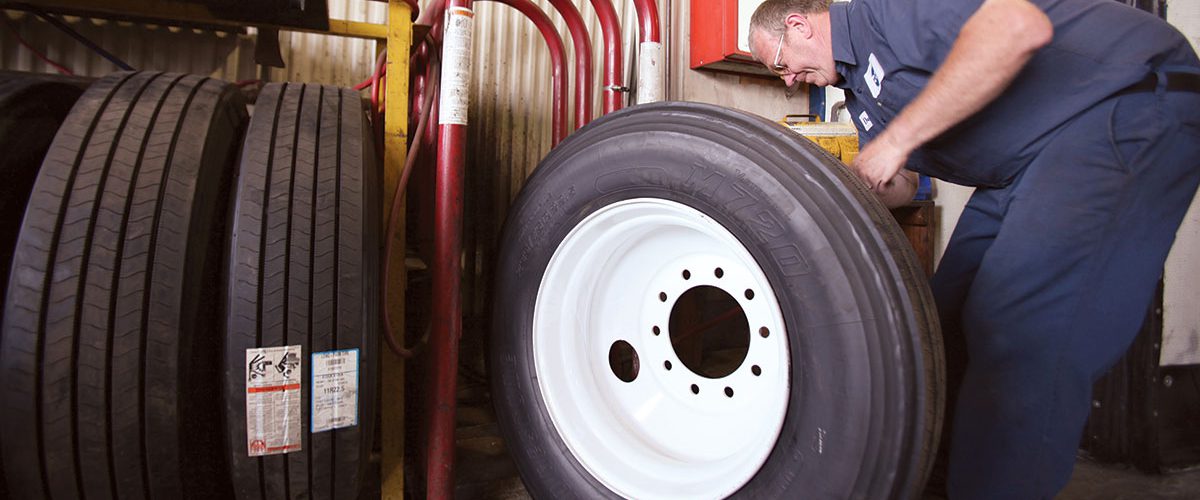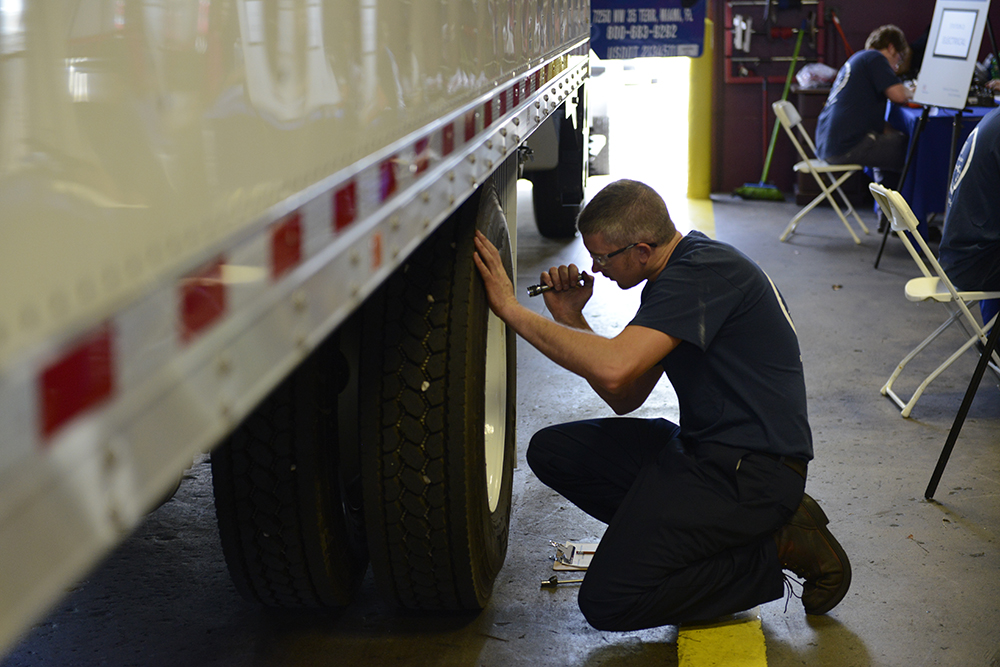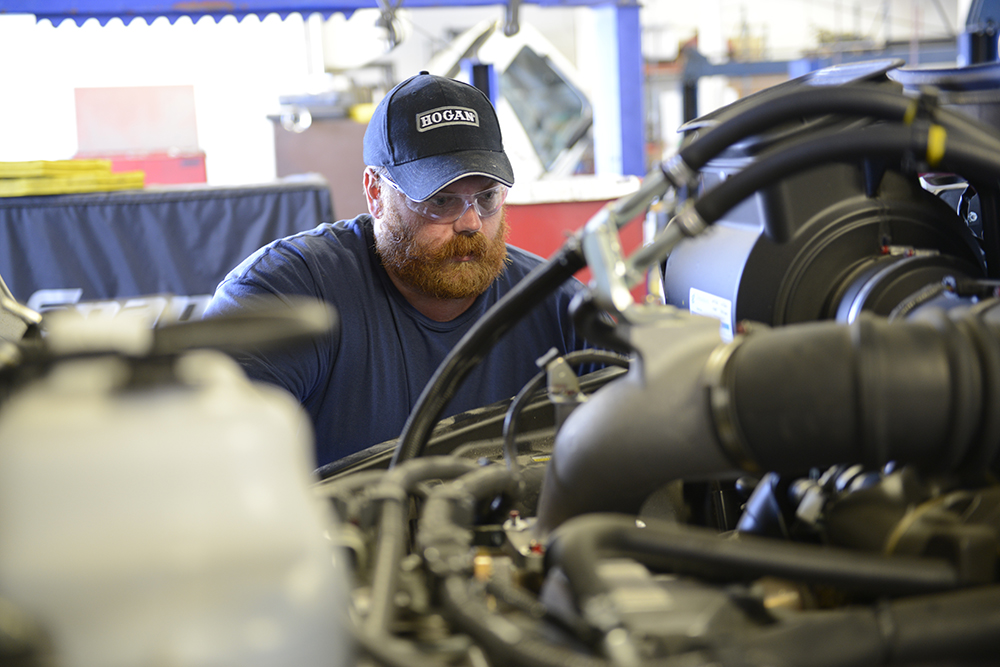I recently wrote an IdeaXchange blog on how preventive maintenance (PM) helps control the TCO of a fleet’s vehicles, especially during a time where supply chains are still strained, new trucks are not available, and diesel prices continue to be volatile. Unscheduled and unexpected downtime can negatively affect that TCO which means regularly scheduled PM is essential.
How important is preventive maintenance?
With all of the challenges that fleet owners and managers face, it’s more important than ever to ensure that companies get the maximum life out of every existing vehicle in the fleet. An article earlier this year in Truckinginfo.com citing ATRI’s 2022 update to An Analysis of Operational Costs of Trucking noted that “The total marginal cost of trucking grew by 12.7% in 2021 to $1.855 per mile, the highest on record.” Among the contributors to this rise in costs were repair and maintenance which was 18.2% higher in 2021 than in 2020. The article noted that repair and maintenance costs experienced the “largest-ever annual spike as carriers faced unfavorable equipment markets.”
As fleets need to keep their existing assets for longer periods of time, the issue of maintenance becomes ever more important. The reality is that older trucks need extra attention and TLC to effectively go beyond their normal operating cycle. Doing complete regular PM on every vehicle in the fleet (regardless of its age and condition) will help ensure that trucks are road-ready (and stay that way). Although the FMCSA requires an annual full inspection of vehicles, many fleets fortunately regard that as a minimum requirement. Scheduled maintenance is often influenced by OEMs and components manufacturers’ recommendations and warranties. But it’s more than just the scheduling of maintenance. Managers must also ensure that vehicles are compliant with the schedule and that means keeping track of each vehicle’s maintenance records.
It’s also important to remember that seasonal changes can require extra attention be paid to specific areas during scheduled PM. A recent article in Truck Maintenance is especially relevant as we move from the summer heat to autumn cool. Heat, especially excessive heat, is brutal on tires…and this summer was especially challenging. Excessive heat can also negatively impact lubricants, fluids, batteries, and filters. Each of these areas must be looked at through the lens of seasonality to optimize operational efficiency.
The benefits of preventive maintenance
Lifecycle extension – Every truck has its own lifecycle based on the types of roads it travels, the type of work it supports and the miles it travels. Regular maintenance can extend the lifecycle of your existing vehicles by making sure that attention is paid to the aforementioned details so that techs know if there are areas that might need special attention. That also requires looking at maintenance history for prior problems and repairs.
Fuel economy – The prices are outrageous and constantly fluctuating. Keeping trucks in prime shape (plus reducing idling and speeding) can help optimize fuel usage. According to an article in worktruckonline, “Routine checks to motor oil, tire pressure, engine tune-ups and replacing clogged air filters have all been shown to improve gas mileage.”
Less downtime – A 2019 article in FleetOwner cited a study that showed that “the average truckload carrier that participated in the study operated 10,663 miles between breakdowns. However, the top performing fleet in the study had only one breakdown every 75,528 miles.” Although you may not achieve best-in-class result from your preventive maintenance program, you can very likely improve and rise above the average.
It’s clear that scheduled maintenance matters. Scheduled preventive maintenance is obviously a key requirement to keep your fleet on the road and in good condition. But today, that may not be enough.
Read my complete IdeaXchange blog to see more details on how PM can maximize fuel efficiency and what areas you should be focusing on.




